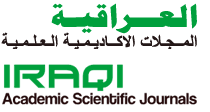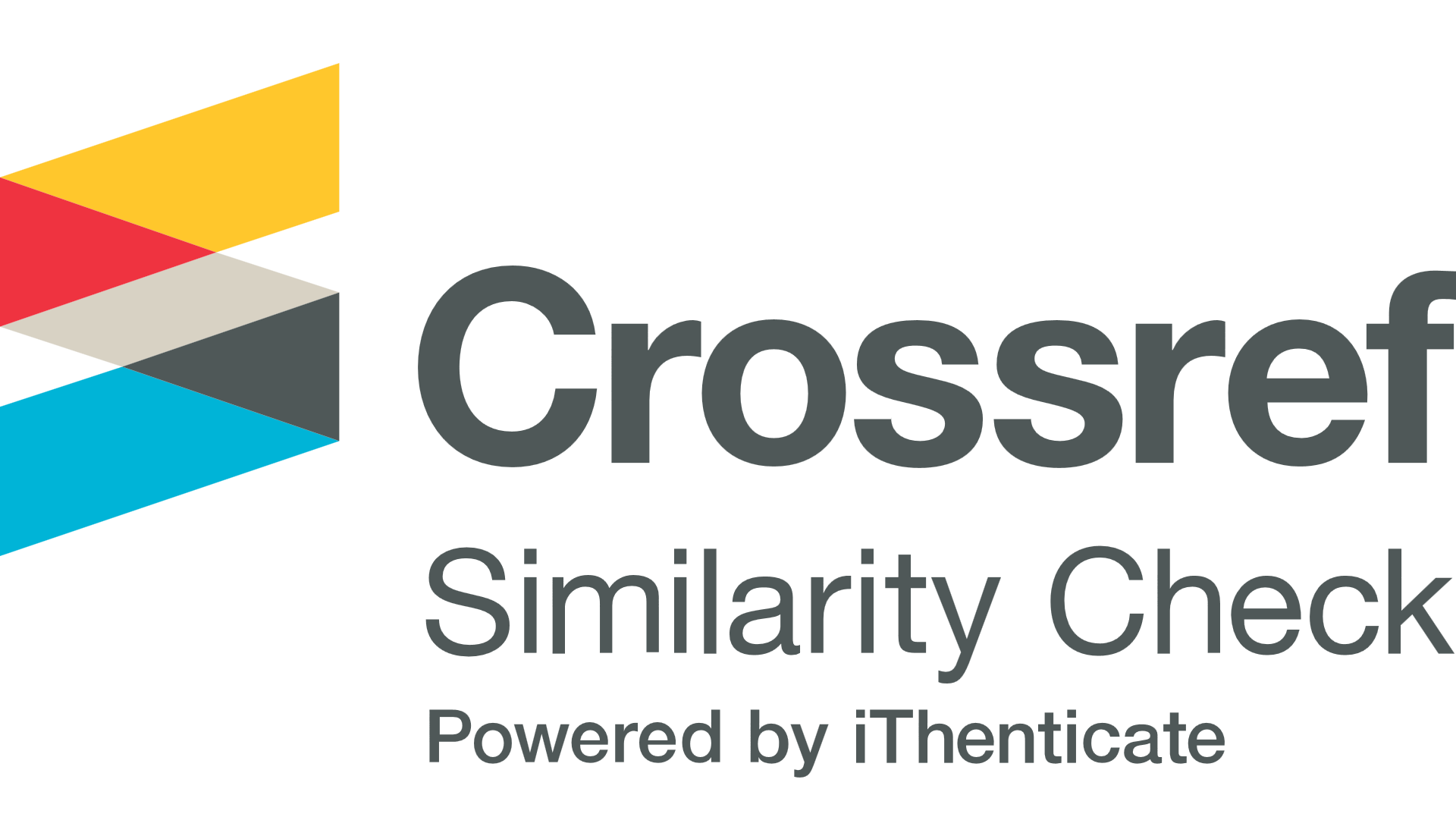Induction of Gene Amplification Contribute to Sulfonamide Resistance in Proteus mirabilis
Abstract
Thirty Isolates of Proteus mirabilis from different clinical sources(Urine, Bum, Ear, and Wounds) were recovered. All isolates weresubjected to the series of confirming tests to insure that these isolates areProteus mirabilis, which identified selectively by unique feature ofmorphological, cultural, and biochemical tests. Amplification of plasmidDNA content (Copy Numbers), performed using 150 ~g /mlchloramphenicol and tetracycline (The chosen isolates were resistant tochloramphenicol and tetracycline, but sensitive to trimethoprim)separately in the lag phase of the tested bacterial isolates. Among seventested isolates true amplification perceived in isolate No. 2, 8, and 10 forChloramphenicol and isolate No. 1 and 11 for tetracycline. When cells ofProteus mirabilis cultured in medium containing chloramphenicol at 150~g /ml a growth lag of 20 hrs ensure. During this lag, chloramphenicol induces selective amplification, including the gene for resistance tosulfonamide. This result suggests that amplified DNA contained genesthat contributed to sulfonamide resistance when present in greater amountcompared with non-amplified DNA. This mechanism represents a newlevel of control of gene expression in bacterial system- namely, theinduction of selective gene amplification.





